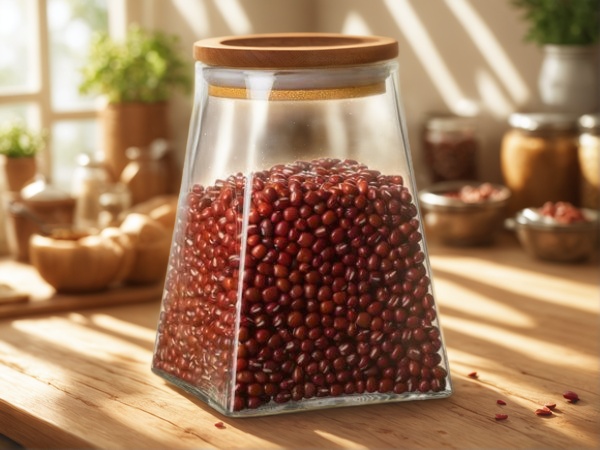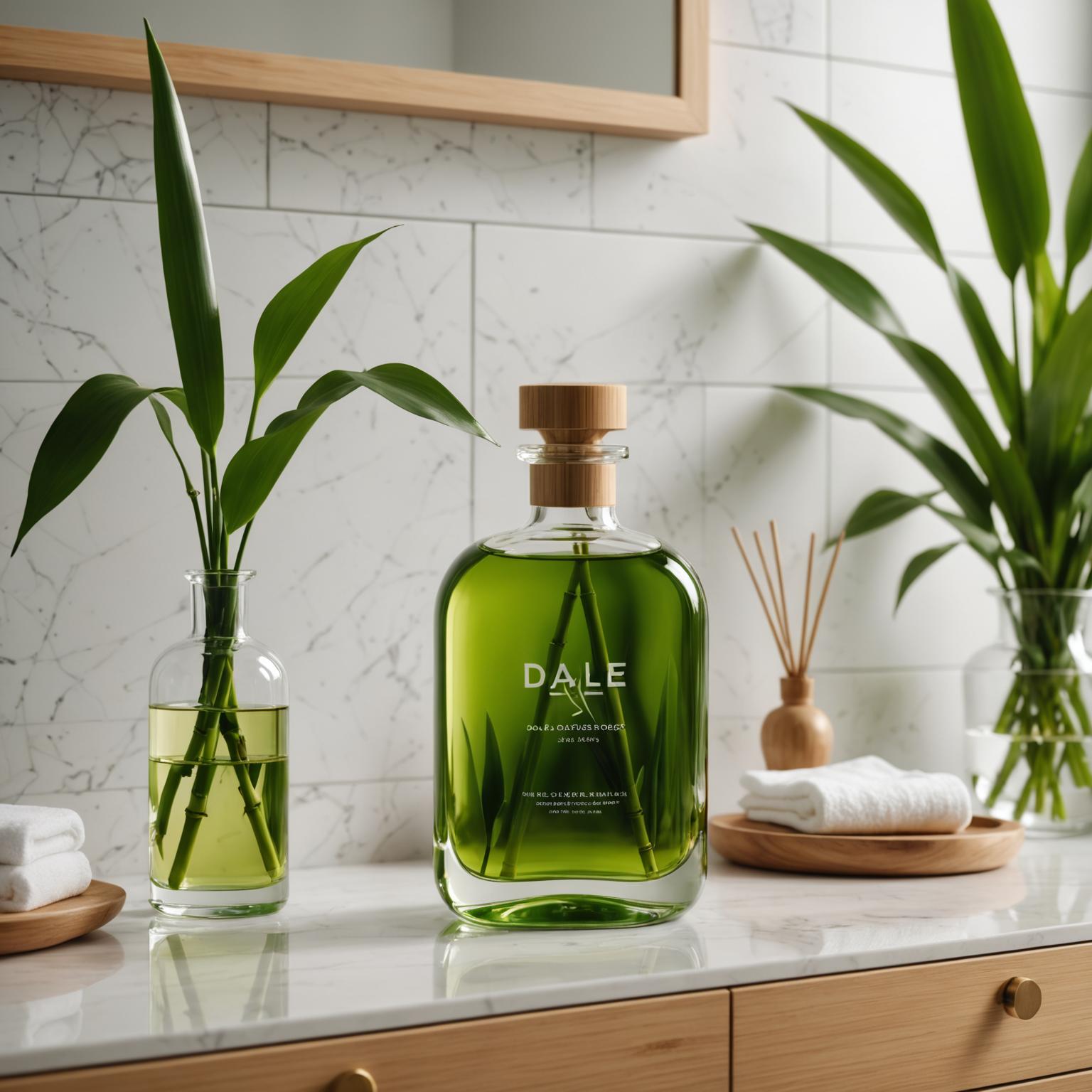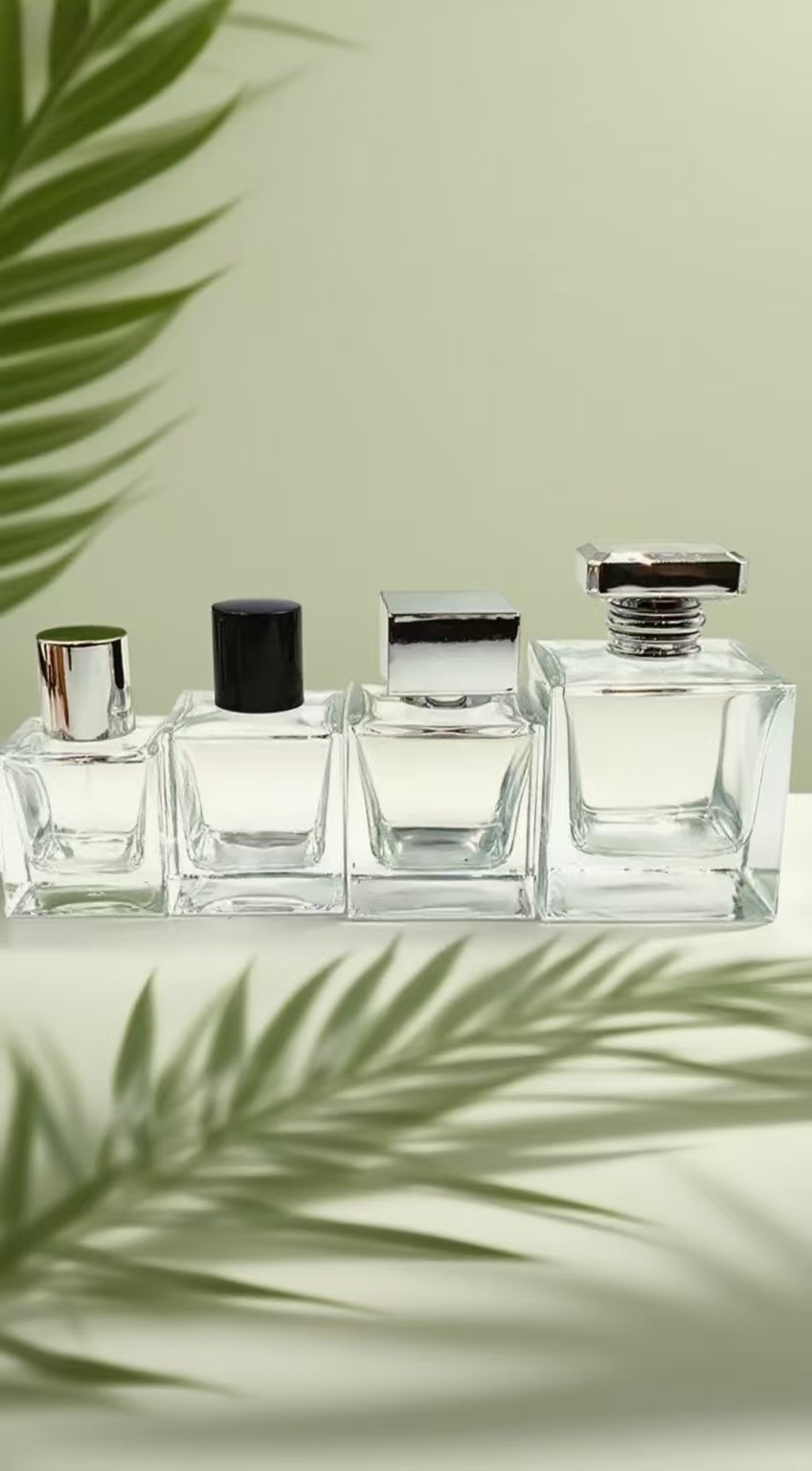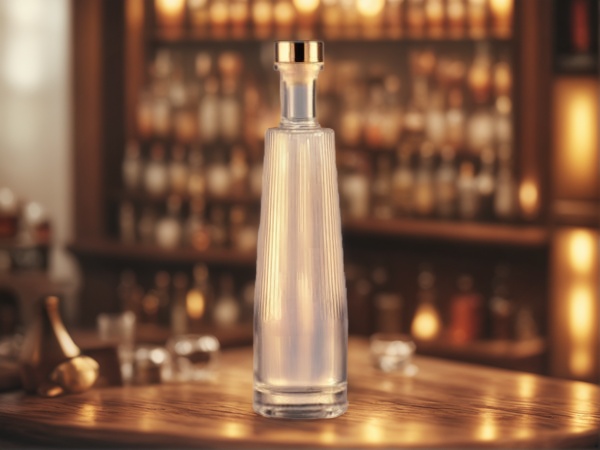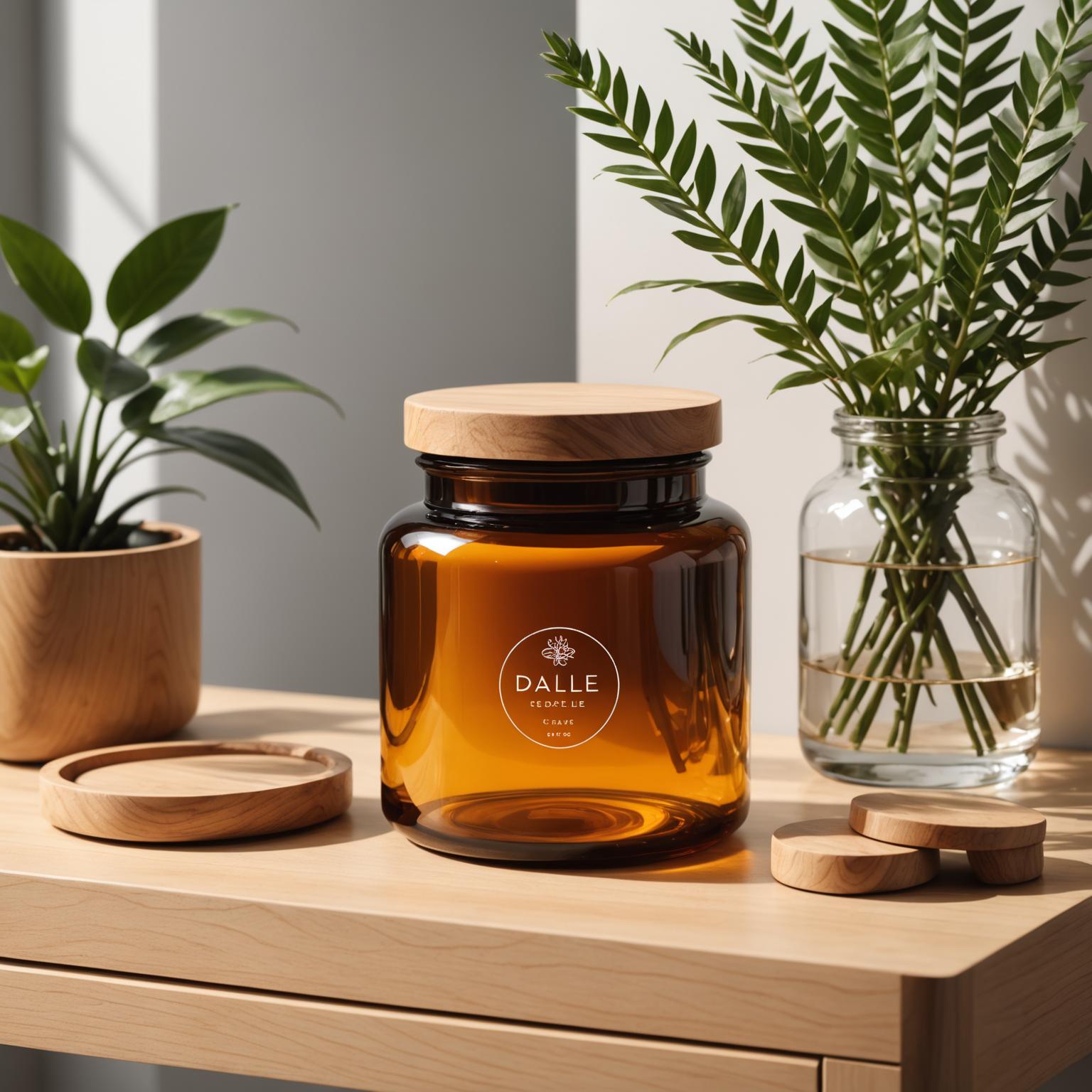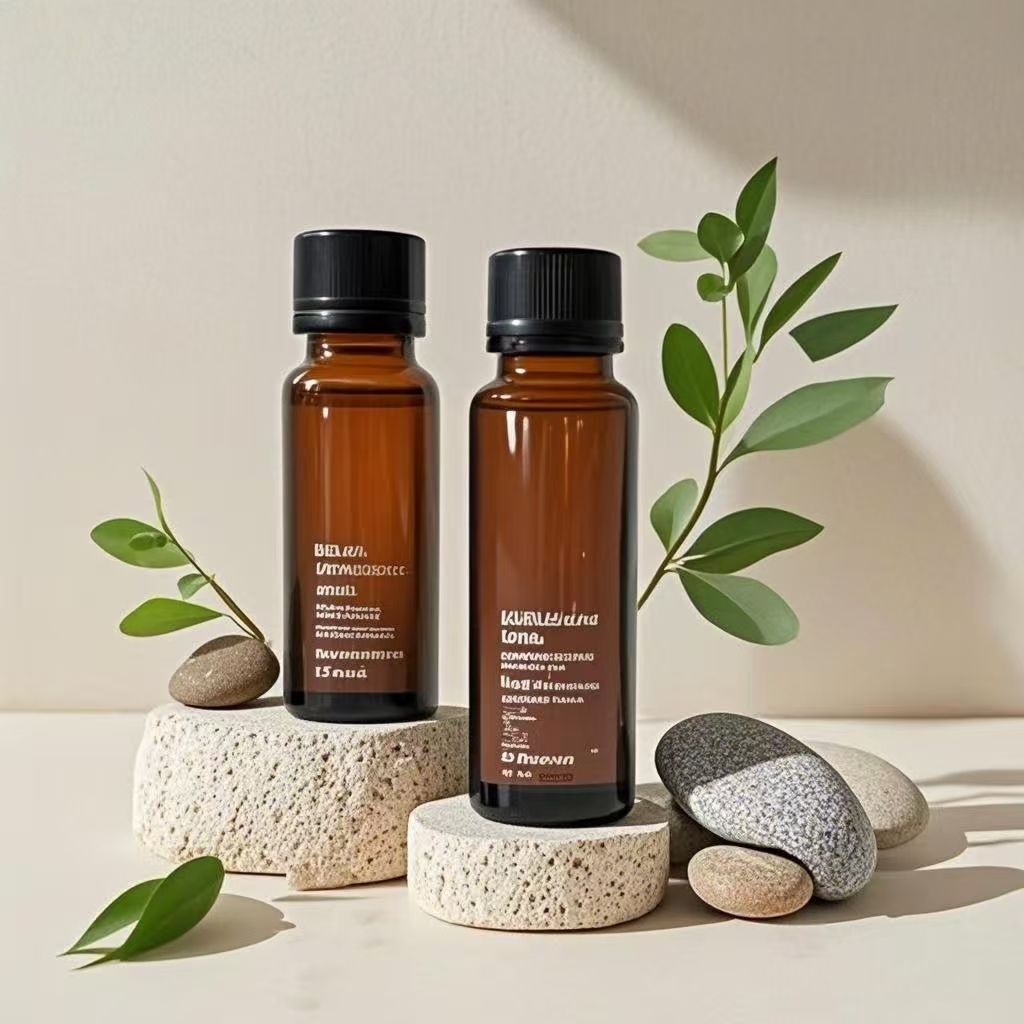In 2024, a Nielsen report revealed that 73% of global consumers are willing to pay a 10-15% premium for products packaged in eco-friendly materials, and major retailers like Walmart and Tesco have announced that by 2027, 80% of the packaging for products on their shelves must be recyclable, biodegradable, or made from renewable materials. For brands—whether in the beauty (essential oils, skincare), food & beverage, or household cleaning sectors—sustainable bottles are no longer a "nice-to-have" but a "must-have" to meet market demands and regulatory requirements.
Yet the path to adopting sustainable bottles is fraught with confusion: Should you choose PCR (Post-Consumer Recycled) plastic bottles, PLA (Polylactic Acid) bottles, or sugarcane-based bottles? And should you partner with a large trade company that offers one-stop sourcing for PCR eco-packaging bottles, a PLA bottle large trader specializing in brand sourcing, or a sustainable sugarcane bottle supplier that sells directly to brands?
This blog is designed to answer these questions. We’ll dive deep into the technical characteristics, pros, cons, and ideal use cases of each bottle type, analyze the unique advantages of different partner types, and share actionable strategies to help your brand make informed decisions—all optimized to help you rank higher on Google for key terms like "PCR eco-packaging bottle large trade company," "PLA bottle large trader (brand sourcing)," and "Sustainable sugarcane bottle supplier (brand direct)."
Chapter 1: Demystifying the Three Core Sustainable Bottles: PCR, PLA, and Sugarcane
Before choosing a supplier or trader, it’s critical to understand the strengths and limitations of the three most popular sustainable bottle materials. Each has distinct properties that align with different brand needs, from cost sensitivity to end-of-life environmental impact.
1.1 PCR Eco-Packaging Bottles: The "Recycled Champion" for Cost-Effective Sustainability
PCR plastic is made from post-consumer waste (e.g., used water bottles, food containers) that is collected, sorted, cleaned, and melted down to create new plastic resin. PCR eco-packaging bottles are the most widely adopted sustainable option in the market—and for good reason.
Key Characteristics
- Environmental Impact: By repurposing existing plastic waste, PCR bottles reduce the need for virgin plastic production, which cuts carbon emissions by 30-50% compared to traditional PET bottles (per a 2023 study by the Ellen MacArthur Foundation). They are also fully recyclable, closing the loop on plastic waste.
- Performance: PCR bottles match the physical properties of virgin plastic—they’re durable, shatter-resistant, and compatible with most filling lines (for liquids, creams, or powders). The only difference? A slight haze or tint, which many brands now embrace as a "visible eco-signal" to consumers.
- Cost: PCR bottles are the most cost-competitive among sustainable options. While they are 10-20% more expensive than virgin plastic, they are 20-30% cheaper than PLA or sugarcane bottles, making them ideal for brands balancing sustainability and budget.
Ideal Use Cases
PCR eco-packaging bottles shine in industries where durability and cost are priorities:
- Beauty & Personal Care: Essential oil bottles, shampoo bottles, and lotion containers (since they resist chemical degradation).
- Household Cleaning: Dish soap or laundry detergent bottles (need to withstand frequent handling).
- Food & Beverage: Sauce bottles or condiment containers (safe for food contact with FDA/EFSA certification).
For brands new to sustainable packaging, PCR bottles are a low-risk, high-reward starting point—especially when sourced through a large trade company that can ensure consistent quality and supply (more on this in Chapter 2).
1.2 PLA Bottles: The "Biodegradable Star" for Short-Term Use
PLA is a biopolymer made from renewable resources like corn starch or sugarcane. Unlike traditional plastic, PLA bottles are compostable under industrial conditions (high temperature, moisture, and microbial activity), making them a favorite for brands focused on "zero-waste" goals.
Key Characteristics
- Environmental Impact: PLA production emits 68% less carbon dioxide than virgin PET (per the European Bioplastics Association). When composted in industrial facilities (140°F, 60% humidity), they break down into water and carbon dioxide in 3-6 months—no microplastics left behind. However, they do not biodegrade in home compost bins or landfills, where conditions are not controlled.
- Performance: PLA bottles are clear and lightweight, but they have limitations: they melt at temperatures above 110°F (43°C), so they cannot hold hot liquids. They are also less durable than PCR plastic, making them unsuitable for heavy or long-term use.
- Cost: PLA bottles are 30-40% more expensive than PCR bottles due to the high cost of raw materials and production. They also require specialized composting infrastructure, which may add logistical costs for brands targeting eco-conscious markets.
Ideal Use Cases
PLA bottles are perfect for short-term, single-use products where biodegradability is a key selling point:
- Cosmetics: Sample-sized serums, face masks, or travel kits (used once and discarded).
- Food & Beverage: Cold-pressed juices, smoothies, or iced coffee (consumed quickly, minimal heat exposure).
- Events: Branded water bottles for conferences or festivals (can be collected and sent to industrial compost facilities).
Brands sourcing PLA bottles often partner with PLA bottle large traders that specialize in brand sourcing—these traders have established relationships with manufacturers and can help navigate the complexities of compostability certifications (e.g., ASTM D6400, EN 13432) (see Chapter 2 for details).
1.3 Sustainable Sugarcane Bottles: The "Renewable Powerhouse" for Premium Brands
Sustainable sugarcane bottles are made from ethanol derived from sugarcane, which is converted into polyethylene (PE) or polyethylene terephthalate (PET). They are sometimes called "bio-based PET" and offer a unique combination of renewable sourcing and familiar performance.
Key Characteristics
- Environmental Impact: Sugarcane absorbs carbon dioxide as it grows, making sugarcane bottles carbon-negative in many cases—they sequester more CO2 during production than they emit. Like PCR bottles, they are fully recyclable and compatible with existing recycling streams.
- Performance: Sugarcane bottles are identical to traditional PET/PE bottles in clarity, durability, and heat resistance (can withstand temperatures up to 176°F/80°C). They have no color tint, making them ideal for brands that want to maintain their existing visual identity while going sustainable.
- Cost: Sugarcane bottles are the most expensive of the three options—25-35% pricier than PCR bottles and 5-15% more expensive than PLA bottles. The cost is driven by the limited supply of sugarcane ethanol and the need for specialized production facilities.
Ideal Use Cases
Sustainable sugarcane bottles are a top choice for premium brands that want to emphasize "renewable sourcing" as a key value proposition:
- Beauty & Luxury: High-end perfume bottles, facial oil containers, or organic skincare packaging (consumers associate sugarcane with "natural" and "premium").
- Beverage: Craft beers, premium water, or organic juices (brands can market the "carbon-negative" attribute to differentiate from competitors).
- Household: Natural cleaning products (aligns with the "green home" trend).
Since sugarcane bottle production is more specialized, many brands opt to work directly with sustainable sugarcane bottle suppliers—these suppliers cut out the middleman, ensuring transparency in the supply chain and access to customizations (e.g., unique shapes, branding).
Chapter 2: Choosing Your Partner: Large Trade Companies, PLA Traders, or Direct Sugarcane Suppliers
Once you’ve identified the right bottle type for your brand, the next step is finding the right partner. The three main options—PCR eco-packaging bottle large trade companies, PLA bottle large traders (brand sourcing), and sustainable sugarcane bottle suppliers (brand direct)—each offer unique benefits depending on your business needs (e.g., order volume, customization requirements, market reach).
2.1 PCR Eco-Packaging Bottle Large Trade Company: One-Stop Sourcing for Scalability
A large trade company specializing in PCR eco-packaging bottles acts as an intermediary between multiple manufacturers and brands. They don’t produce bottles themselves but curate a portfolio of PCR products from verified factories, offering brands a "one-stop shop" for their packaging needs.
Key Advantages
- Consistent Supply & Quality: Large trade companies work with dozens of PCR manufacturers, so they can mitigate risks like factory downtime or raw material shortages. They also have strict quality control processes (e.g., testing for heavy metals, ensuring recyclability) to meet international standards (FDA, EU 10/2011).
- Scalability: Whether you need 10,000 or 1,000,000 PCR bottles, a large trade company can handle large orders and adjust quantities as your brand grows. They also offer flexible shipping options (FCL, LCL) to reduce logistics costs.
- Simplified Sourcing: If your brand uses multiple packaging types (e.g., PCR bottles for essential oils and PCR jars for creams), a large trade company can source all of them, eliminating the need to manage multiple suppliers.
Who Should Partner With Them?
Brands that:
- Prioritize scalability and need a reliable supply of PCR bottles for high-volume products.
- Don’t have the resources to vet individual manufacturers (especially small to mid-sized brands new to global sourcing).
- Want to streamline their supply chain by sourcing multiple PCR products from one partner.
Example: A mid-sized skincare brand selling 500,000 units/year of facial serums can partner with a PCR eco-packaging bottle large trade company to get consistent, certified PCR bottles at a competitive price, without worrying about factory production issues.
2.2 PLA Bottle Large Trader (Brand Sourcing): Expertise in Compliance & Market Alignment
A PLA bottle large trader that focuses on brand sourcing specializes in connecting PLA bottle manufacturers with brands—they have deep knowledge of the PLA market, compostability regulations, and brand-specific needs (e.g., custom branding, certification requirements).
Key Advantages
- Compliance Expertise: PLA bottles require specific certifications to be marketed as "compostable" (e.g., ASTM D6400 in the US, EN 13432 in the EU). A brand-sourcing PLA trader knows which manufacturers have these certifications and can help brands avoid "greenwashing" risks (a major concern for consumers and regulators).
- Market Insight: These traders stay up-to-date on trends in eco-packaging—for example, they can advise brands on whether PLA sample bottles or full-sized PLA containers are more popular in their target market (e.g., Europe vs. North America).
- Customization Support: Unlike general trade companies, brand-sourcing PLA traders work closely with manufacturers to offer customizations like embossed logos, unique shapes, or tinted PLA (to match a brand’s color scheme).
Who Should Partner With Them?
Brands that:
- Need PLA bottles and want to ensure compliance with regional compostability laws (critical for avoiding fines or reputational damage).
- Want to customize their PLA bottles to align with their brand identity.
- Are entering new markets and need guidance on local eco-packaging preferences.
Example: A startup selling cold-pressed juices in the EU can partner with a PLA bottle large trader to source EN 13432-certified PLA bottles, get custom labels printed, and receive advice on how to market the "compostable" attribute to European consumers.
2.3 Sustainable Sugarcane Bottle Supplier (Brand Direct): Transparency & Customization for Premium Brands
A sustainable sugarcane bottle supplier that sells directly to brands owns or partners with a single production facility, cutting out intermediaries. This direct relationship offers unique benefits for brands focused on transparency and premium positioning.
Key Advantages
- Supply Chain Transparency: Direct suppliers provide full visibility into the production process—they can share details about where the sugarcane is sourced (e.g., sustainable farms in Brazil or Thailand), how the ethanol is produced, and how carbon emissions are measured. This is a powerful selling point for premium brands that want to prove their sustainability claims.
- High-Level Customization: Since direct suppliers work closely with brands, they can offer more complex customizations—like unique bottle shapes (e.g., curved perfume bottles), thick-walled designs (for luxury products), or custom color matching (to match a brand’s signature hue).
- Competitive Pricing for Long-Term Partnerships: While sugarcane bottles are expensive, direct suppliers often offer volume discounts for long-term contracts. They also avoid the markup that trade companies add, making them more cost-effective for brands that plan to use sugarcane bottles long-term.
Who Should Partner With Them?
Brands that:
- Sell premium products and want to highlight "direct, sustainable sourcing" as a key brand value.
- Need highly customized sugarcane bottles to stand out in a competitive market.
- Prioritize transparency and want to share their supply chain story with consumers (e.g., via QR codes on packaging).
Example: A luxury perfume brand launching a "sustainable collection" can partner with a direct sugarcane bottle supplier to create custom, clear sugarcane PET bottles, receive documentation on the sugarcane’s sustainable sourcing, and use that story in their marketing campaigns.
Chapter 3: Step-by-Step Guide to Choosing the Right Sustainable Bottle & Partner
Now that you understand the differences between PCR, PLA, and sugarcane bottles, and the value of each partner type, let’s walk through a practical process to make the right choice for your brand.
Step 1: Define Your Brand’s Sustainability Goals & Budget
Start by answering two key questions:
- What’s your primary sustainability goal? Do you want to reduce plastic waste (PCR), achieve biodegradability (PLA), or use renewable resources (sugarcane)?
- What’s your budget per bottle? PCR is the most affordable, followed by PLA, then sugarcane. Be realistic about how much you can spend—remember that sustainable packaging can justify a price premium, but it shouldn’t eat into your profit margins.
Example: A budget-friendly skincare brand might prioritize reducing plastic waste on a tight budget—PCR bottles from a large trade company are the best fit. A luxury organic brand might prioritize renewable sourcing and be willing to pay more—direct sugarcane bottle suppliers are ideal.
Step 2: Match Your Product’s Needs to Bottle Performance
Consider your product’s characteristics to narrow down the bottle type:
- Temperature: If your product is hot (e.g., herbal teas), avoid PLA (melts at 110°F). Choose PCR or sugarcane.
- Chemical Composition: If your product is acidic (e.g., citrus juices) or contains essential oils, ensure the bottle is chemical-resistant (PCR and sugarcane are both safe; test PLA first).
- Shelf Life: If your product has a long shelf life (e.g., perfume), choose durable PCR or sugarcane—PLA may degrade over time.
- End-of-Life Expectations: If your brand promotes "zero waste," PLA (with industrial composting) or sugarcane (recyclable) is better than PCR (recyclable but still plastic).
Step 3: Evaluate Partner Options Based on Your Business Size & Needs
Once you’ve chosen a bottle type, select a partner that aligns with your business goals:
- If you’re a small brand (order volume <50,000 units/year): A large trade company (for PCR) or a brand-sourcing PLA trader can offer flexible minimum order quantities (MOQs) and simplify sourcing.
- If you’re a mid-sized brand (order volume 50,000-500,000 units/year): A large trade company (PCR) or direct sugarcane supplier (if budget allows) can balance cost and scalability.
- If you’re a large brand (order volume >500,000 units/year): A direct sugarcane supplier (for customization) or a large trade company (for PCR supply chain stability) is best. For PLA, a brand-sourcing trader can handle compliance across multiple markets.
Step 4: Verify Certifications & Test Samples
Before signing a contract, ensure your partner can provide:
- Material Certifications: PCR (GRS—Global Recycled Standard), PLA (ASTM D6400/EN 13432), sugarcane (ISCC—International Sustainability and Carbon Certification).
- Food/Beauty Safety Certifications: FDA (US), EFSA (EU), or COSMOS (for beauty products).
- Samples: Test the bottle with your product (e.g., check for leakage, chemical reactions, or durability) before placing a large order.
Step 5: Negotiate Terms & Build a Long-Term Relationship
Once you’ve verified quality, negotiate terms like MOQs, delivery times, and volume discounts. Building a long-term relationship with your partner can lead to better pricing, priority production, and access to new sustainable innovations (e.g., higher-recycled-content PCR, improved PLA durability).
Chapter 4: Future Trends in Sustainable Bottles: What Brands Need to Know in 2024-2025
To stay ahead of the curve, it’s important to keep an eye on emerging trends that will shape the sustainable bottle market—and your sourcing decisions.
4.1 Higher Recycled Content in PCR Bottles
Consumers and regulators are pushing for higher recycled content—by 2025, the EU’s "Single-Use Plastics Directive" will require all plastic bottles to contain at least 30% recycled content (up from 25% in 2024). PCR eco-packaging bottle large trade companies are already partnering with manufacturers to source higher-recycled-content PCR (e.g., 50%+), so brands should prioritize this when sourcing.
4.2 Home-Compostable PLA Bottles
Current PLA bottles require industrial composting, which is not widely available in many regions. However, new innovations in PLA formulations are making home-compostable PLA bottles a reality—expected to hit the market in 2025. PLA bottle large traders are already testing these new materials, so brands focused on zero waste should ask their traders about pre-orders.
4.3 Carbon Labeling for Sugarcane Bottles
As carbon footprint becomes a key consumer concern, sugarcane bottle suppliers are starting to offer carbon labeling—quantifying the exact amount of CO2 sequestered by each bottle. Direct sugarcane suppliers can provide this data, allowing brands to market their "carbon-negative" packaging with concrete numbers.
Conclusion: Your Path to Sustainable Packaging Success
Choosing the right sustainable bottle and partner is not just about checking a "green" box—it’s about aligning your packaging with your brand values, meeting market demands, and building long-term resilience. Whether you opt for PCR eco-packaging bottles from a large trade company, PLA bottles from a brand-sourcing trader, or sustainable sugarcane bottles from a direct supplier, the key is to prioritize clarity on your goals, verify quality through certifications, and build a partner relationship that grows with your brand.
By following the steps in this guide, you’ll not only make an informed decision but also position your brand as a leader in sustainable packaging—one that resonates with eco-conscious consumers and stands out on global shelves. And with this SEO-optimized content, you’ll attract more potential customers searching for the very solutions you offer—helping you climb the Google ranks and grow your business.
Ready to take the next step? Start by evaluating your product’s needs, setting a budget, and reaching out to 2-3 partners (e.g., a PCR trade company, a PLA brand-sourcing trader, or a sugarcane direct supplier) to request samples and certifications. Your sustainable packaging journey starts today.



